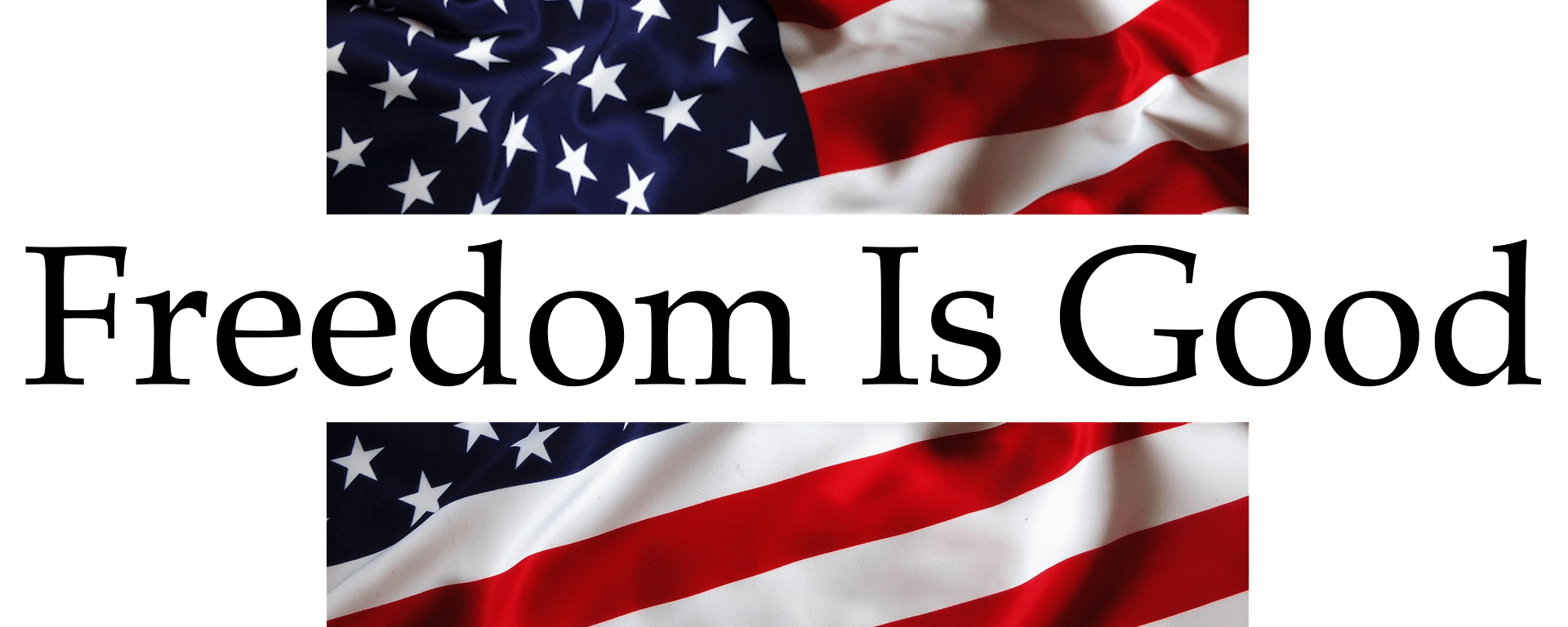The Fort Knox Deception: America’s Greatest Gold Mystery
When most people think of Fort Knox, they picture towering stacks of gold bars, locked away in impenetrable vaults, guarded by the US military—the ultimate symbol of security.
But that’s the Hollywood version of Fort Knox. The reality is far more sinister.
In truth, Fort Knox holds the world’s largest pile of stolen gold—a hoard the US government obtained through confiscation, forcibly taken from private citizens.
For decades, this gold has been shrouded in secrecy, with no full assay or independent audit ever conducted to verify its existence or purity.
The real story of Fort Knox isn’t one of security, but of financial theft on an unprecedented scale—and quite possibly, an ongoing fraud that persists to this day.
Let me explain…
In 1933, President Franklin D. Roosevelt issued Executive Order 6102, forcing Americans to surrender their gold in exchange for paper dollars—under threat of hefty fines or up to 10 years in prison.
Shortly after, the government devalued the dollar by 41%, raising the price of gold from $20.67 to $35 per ounce—an outright theft of wealth from the public.
For 94 years (1834–1933), the US dollar was legally defined as 1/20th of an ounce of gold ($20.67 per ounce), ensuring its stability and real value—until FDR unilaterally changed the rules.
The official justification? To “reset” the economy and jumpstart growth amid the Great Depression—but in reality, it was one of the largest wealth transfers in American history.
Fort Knox was constructed in 1936 to secure this massive stash of confiscated gold, centralizing the US government’s control over the nation’s monetary assets.
That’s why most of the gold stored in Fort Knox consists of bars with unusual purity—far from the international standard.
A Good Delivery bar is a standardized gold bullion bar that meets the strict requirements set by the London Bullion Market Association (LBMA) for international trade. Weighing 400 ounces with a minimum purity of 99.5% gold, these bars are the global standard for transactions between central banks, governments, institutional investors, and major bullion dealers.
Yet, Fort Knox holds something quite different—an oddity among national gold reserves.
Of the 147 million ounces of gold the US government claims are stored there, only 17% meet the Good Delivery standard.
The vast majority of Fort Knox’s gold reserves consist of “coin bars”—lower-purity bars made up of 90% gold and 10% copper. These bars were created by melting down pre-1933 US gold coins, which were confiscated from American citizens under FDR’s Executive Order 6102.
To this day, Fort Knox holds over 56% of the US government’s reported 261 million ounces of gold reserves. The remaining gold is primarily stored at the West Point Mint, the Denver Mint, and the Federal Reserve Bank of New York, which together account for most of the rest.
But that’s just what the US government claims—it has never been independently verified.
The so-called “audits” at Fort Knox that took place decades ago (1974 and 1953) were meaningless spectacles—a farce, a photo op for the public designed to create the illusion of accountability. They inspected only a tiny fraction of the gold and failed to verify its purity.
To this day, there has never been a full, independent audit of the US gold reserves.
If the gold is truly accounted for, there should be no reason to oppose a full, independent audit.
- How much gold does the US government really have, and what is its purity?
- Is it encumbered, leased, swapped, or hypothecated?
- Has it been pledged as collateral for debts?
- Who actually owns it, and who controls its custody?
This information belongs to the American people and should be publicly available. After all, much of this gold was forcibly taken from private citizens in the 1930s.
In short, there are two key things to remember about Fort Knox:
#1. Most of the gold was stolen—confiscated from private citizens by government decree in the 1930s and locked away under the pretense of economic stability.
#2. There has never been a full, independent audit to confirm what’s actually inside the vaults. Is the gold the US government claims to have really there, or is all the security just a Wizard of Oz-style illusion designed to uphold confidence in the monetary system?
Rather than the ultimate symbol of security, Fort Knox is more accurately the ultimate symbol of government theft and deception.
From its very inception, Fort Knox has been shrouded in mystery, its secrets guarded just as fiercely as its gold.
However, that secrecy may soon face some scrutiny.
For the first time since the 1970s, Fort Knox has become a topic of discussion at the highest levels of government—this time, thanks to President Trump.
Trump recently stated, “We’re also going to Fort Knox. I’m going to go with Elon. And would anybody like to join us? Because we want to see if the gold is still there. We will be very upset if it’s not.”
Will this be another staged spectacle, the latest in a long string of Fort Knox farces? Or will it finally uncover real answers?
Adding to the intrigue, a recent anomaly in the physical gold market suggests that something strange is happening behind the scenes—and Fort Knox may be at the center of it.
Most People Will Be Blindsided. You Don’t Have to Be
What’s coming is bigger than Fort Knox. Bigger than any president. Bigger than any financial crisis in living memory.
The next monetary system is already being written—and most people will only realize it after it’s too late.
History shows that every major monetary reset creates winners and losers.
Which side you end up on depends on what you do right now.
In my latest dispatch, I reveal the hidden mechanics behind what could be the largest wealth transfer in history—and how to get positioned before it hits.
The post The Fort Knox Deception: America’s Greatest Gold Mystery appeared first on Doug Casey’s International Man.

